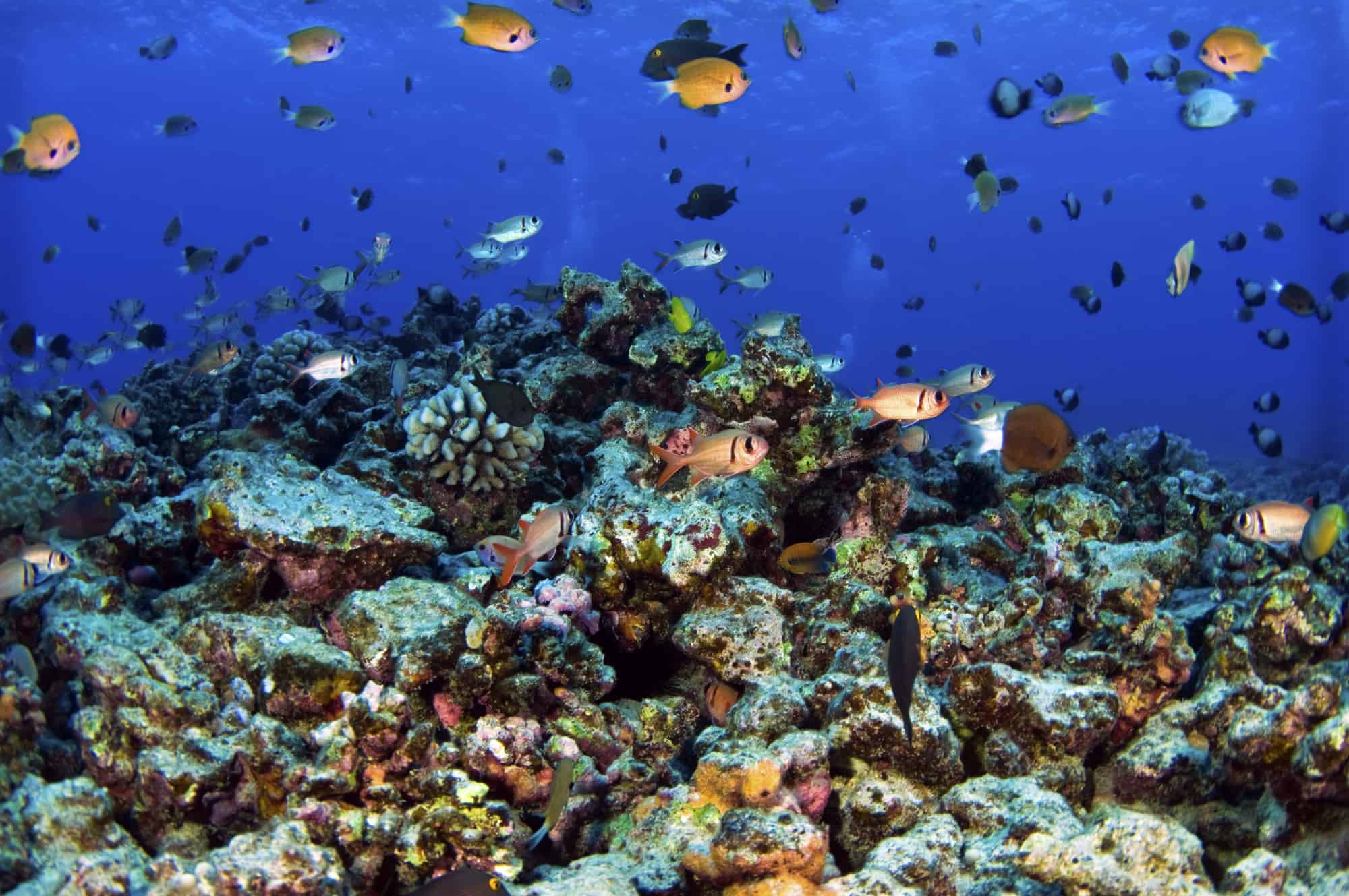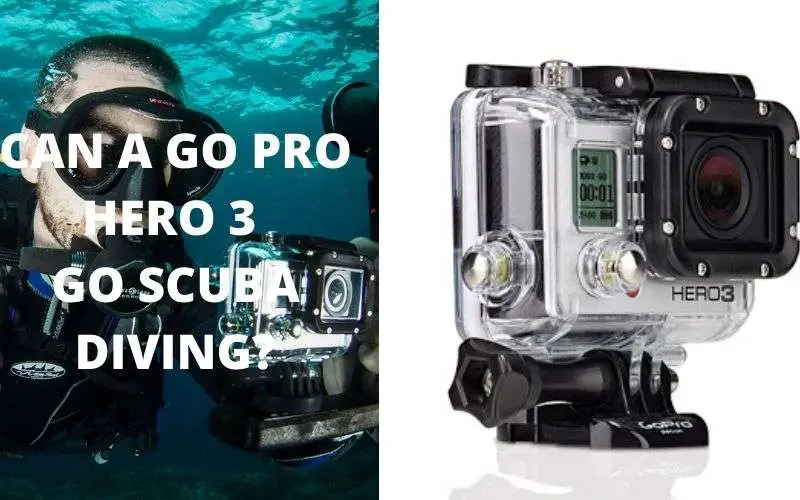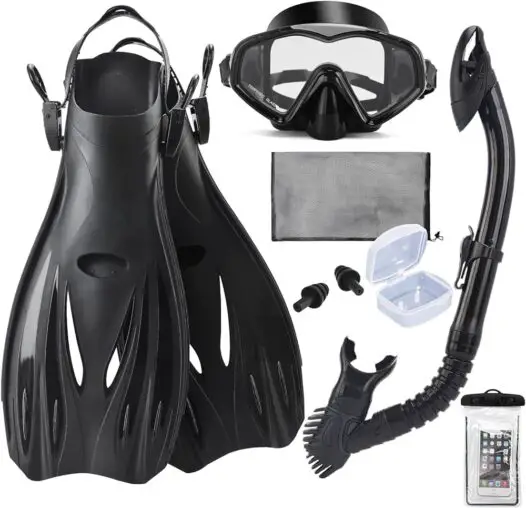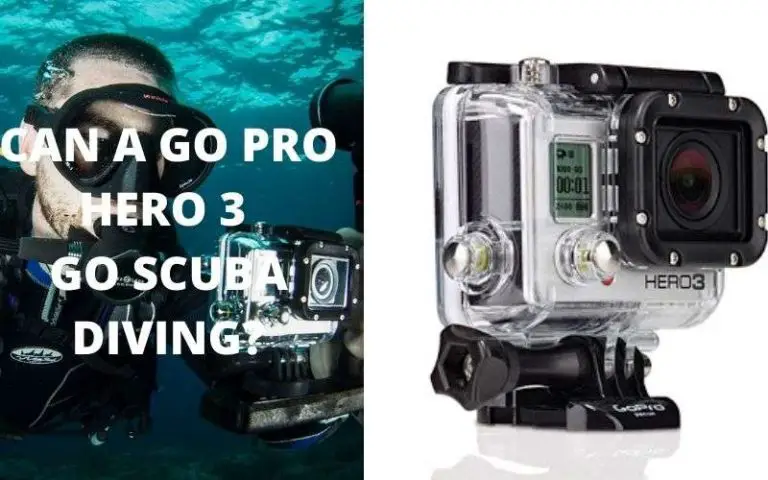
Snorkeling, with its simple requirements of a mask, snorkel, and fins, often seems like an activity that requires little physical preparation. While it’s true that snorkeling can be enjoyed by beginners and non-swimmers alike, taking the time to improve your fitness can elevate your snorkeling experience to new heights.
Imagine traveling to a breathtaking tropical snorkeling destination, only to find yourself exhausted after a few minutes in the water. Whether you plan to explore the depths, freedive, or face unpredictable currents, physical fitness plays a vital role in ensuring your safety and enjoyment.
In this guide, we will share essential tips to help you get in shape before your next snorkeling vacation.
Snorkeling Fitness: Your Path to Enhanced Aquatic Exploration

Achieving peak snorkeling performance involves not only acquiring the right gear but also developing the strength and stamina to navigate underwater terrain confidently. In situations where your safety relies on your swimming abilities, having the fitness to swim effectively is crucial. Let’s delve into how you can achieve this.
1. Warm-Up for Success
Before engaging in any physical activity, a proper warm-up is essential. Warming up gets your blood flowing, preparing your muscles and joints for the forthcoming exertion. Prior to snorkeling, indulge in some light calisthenics and swimming to prepare your body.
Your warm-up routine doesn’t need to be complex or strenuous. A few air squats, knee push-ups, or wall push-ups, along with torso rotations and waist stretches, are sufficient. While performing these exercises, pay attention to any stiff areas in your body, like your lower back or hamstrings, and perform stretches to alleviate tension.
After a brief warm-up, your muscles and joints will be primed for a snorkeling session. Moreover, your body will be more flexible, making it easier to don your fins and snorkeling wetsuit comfortably.
2. Daily Walks for Endurance
Did you know that a brisk 30-minute walk can help you burn nearly 200 calories? Incorporating short daily walks into your routine can lead to a significant reduction in weight over time, improve cardiovascular health, and lower the risk of heart disease.
While it’s true that lean individuals may struggle with buoyancy due to their reduced body fat, the overall health benefits of regular walking outweigh this concern. If a continuous 30-minute walk is challenging, consider breaking it into three 10-minute sessions, which yield similar results.
Simple changes like opting to walk to the grocery store or getting off the bus one stop earlier can help you meet your daily walking target. A leisurely stroll around your neighborhood on pleasant days, done five times a week, can prepare your body for snorkeling adventures.
3. Building Muscle for Strength and Health
As we age, it’s natural to experience a decline in lean muscle mass. However, this decrease in muscle mass can lead to reduced natural strength and an increased propensity for fat accumulation. Muscle tissue helps burn calories, so maintaining lean muscle is crucial.
For those seeking a comprehensive body transformation, incorporate these exercises alongside your daily walks. We present two workout routines, each with four exercises:
Workout Routine A (Bodyweight Resistance)

Focus on strength training using your body weight as resistance. Perform each exercise in three sets of 10 repetitions, with 1-2 minutes of rest between sets.
- Bodyweight Squat
Stand with feet shoulder-width apart, arms extended in front for balance. Perform squats by lowering yourself as if sitting on an invisible stool, ensuring your knees don’t extend past your toes.
- Push-ups from the Knee
Kneel down and adopt the push-up position with hands slightly wider than shoulder-width apart. Lower your body until your arms form a 90-degree angle, then push back up.
- Negative Pull-Ups
Find a suitable horizontal bar or tree branch. Focus solely on the descending phase of a pull-up, starting from the top position and lowering yourself slowly for about 3 seconds.
- Criss-Cross Crunch
Lie on your back with legs bent at a 90-degree angle and raised. Lift your right shoulder, moving your right elbow to touch your left knee while extending your right leg simultaneously. Repeat for both sides.
Workout Routine B (Water Resistance)
This routine utilizes water resistance to enhance stamina and cardiovascular fitness. Keep in mind that once any part of your body is above the water, water resistance diminishes.
- Water Jumping Jacks
Perform jumping jacks at shoulder-depth water. Start with feet shoulder-width apart, arms at your sides, and jump with a V-stance, swinging your arms to the surface. Return to the starting position swiftly.
- Water Side Steps
Maintain a slight squat position with feet wider than shoulder-width apart. Shuffle sideways, ensuring your knees never cross each other. Repeat on the opposite side.
- High Knees in Water
Begin with your feet slightly apart and forcefully raise each knee as high as possible, one leg at a time. You can even incorporate a small jump with each high knee. Perform high knees either in place or while moving forward with each knee lift.
- Butt Kicks in Water
Jog slowly from one end of the pool to the other, using your legs to kick your buttocks with each step. This exercise targets the opposite side of your legs compared to high knees.
4. Stay Hydrated
Hydration is crucial for any physical activity, especially snorkeling. It’s recommended to consume half your body weight in ounces of water before embarking on a snorkeling adventure. For example, if you weigh 160 pounds, aim to drink 80 ounces of water. While all fluids can help hydrate, water is the best choice due to its calorie-free nature and absence of adverse effects.
However, it’s essential to avoid excessive alcohol consumption, as it can lead to dehydration and impair your senses. Moderation is key when consuming alcoholic beverages, especially if you plan to snorkel the following day.
Sugary drinks should also be consumed in moderation, as their high-calorie content can lead to jitteriness and energy crashes. Whether you’re in the water or working out on land, maintaining proper hydration is vital for peak performance.
5. Stretching for Cramp Prevention
Cramps can be discomforting, even dangerous when you’re out in the ocean. Stretching your legs and feet before snorkeling can significantly reduce the risk of cramps, ensuring a safe and enjoyable experience.
One effective stretch is the toe touch, which targets and strengthens hamstring muscles. Stand or sit on the floor with your legs straight and feet together. Reach forward and attempt to touch your toes, feeling a deep stretch in your hamstrings.
You don’t need to touch your toes; reaching towards them is sufficient to reap the benefits of this stretch. To stretch your feet, try the toe grab exercise. Place a sock in front of your barefoot, within reach of your toes. Without lifting your heel from the floor, use your toes to grab and lift the sock. Hold for a second, then release.
Repeat until your foot feels fatigued, then switch to the other foot. This exercise helps stretch and strengthen the arches of your feet, reducing the likelihood of cramps during snorkeling.
The Advantages of Water Exercise for Snorkeling
Engaging in aquatic workouts offers a range of benefits that directly enhance your snorkeling prowess. Water is approximately 800 times denser than air, making every movement in an aquatic environment significantly more challenging than on land.
During water exercises, you can burn as many as 11.5 calories per minute, compared to around 8 calories per minute while running on land. This heightened caloric burn, coupled with lower joint impact, makes water training an ideal option for those seeking to lose weight and improve endurance without stressing their joints.
Moreover, water-based exercises engage core muscles naturally. Activities like water jogging necessitate core and postural muscle engagement to stabilize your body in the water. The density of water provides resistance during movement, facilitating core muscle development without specific targeting in your workouts.
Conclusion
Snorkeling offers an array of benefits for individuals of all ages and physical abilities, including those recovering from injuries. While the allure of the underwater world is undeniable, it’s essential to prepare your body for the adventure.
The tips provided in this guide are aimed at enhancing your snorkeling experience, ensuring safety, and promoting physical well-being. If you found these tips insightful, you may want to explore our advanced snorkeling guide, which promises to offer even seasoned snorkelers fresh insights and knowledge.
Embrace the waters, prioritize your fitness, and let your next snorkeling adventure be a journey of health, exploration, and boundless joy. Whether you’re a beginner or an experienced snorkeler, investing in your physical well-being is the key to unlocking the full beauty of the underwater realm. Happy snorkeling!












